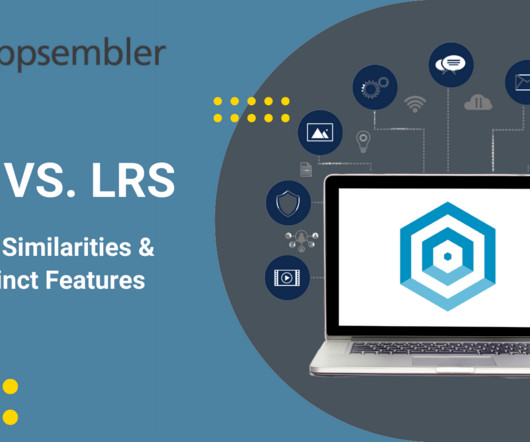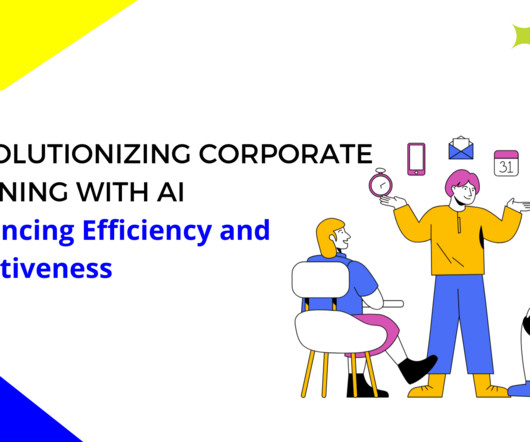How to Create a Learning Culture in Start-Ups and Small Businesses
The Performance Improvement Blog
MARCH 26, 2015
Trust begins to form, and collaboration emerges and finally teamwork. Then innovation, imagination, invention and creativity emerge. These are the true signs of a learning organization. This sends a strong signal to staff that YOU and YOUR LEARNING are more important than a $20 book. When learning begins, ideas emerge.





































Let's personalize your content